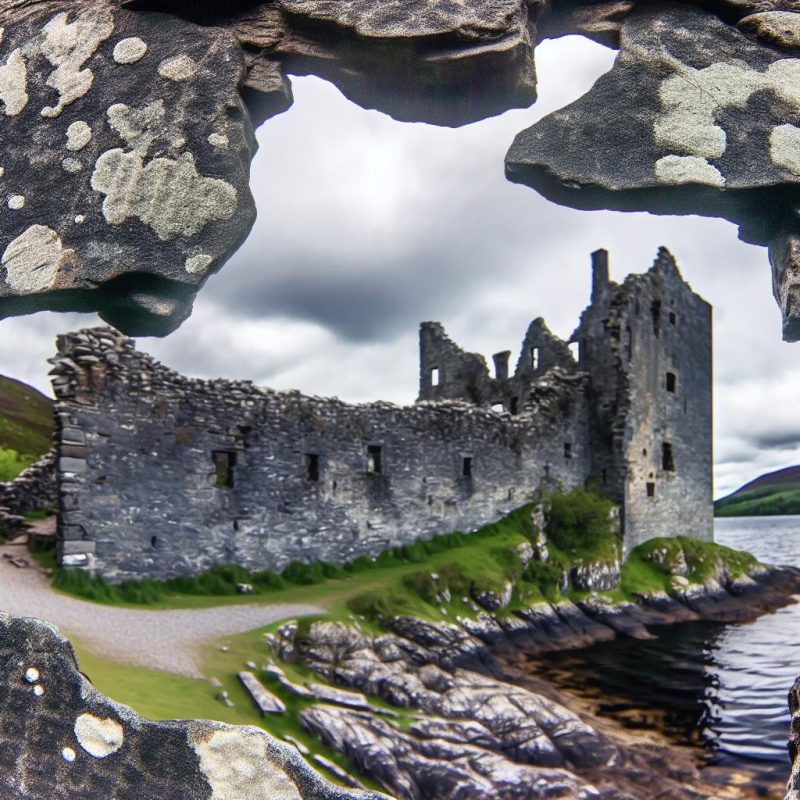The Historical Significance of Kilchurn Castle
Kilchurn Castle, located on the northeastern end of Loch Awe in Scotland, stands as a testament to a rich tapestry of history and architectural intrigue. Constructed in the mid-15th century by Sir Colin Campbell, the castle served as a stronghold for the Campbells of Glenorchy, a powerful branch of the famous Campbell clan. Over the centuries, this iconic structure has not only provided strategic military advantages but also endured as an embodiment of Scottish heritage.
Architectural Features
Kilchurn Castle’s design artfully reflects the typical defensive architecture of its time. Initially erected as a five-story tower house accompanied by a courtyard, it was enveloped by robust defensive walls. During the 1690s, enhancements were made to adapt the castle for military purposes, which included the addition of barracks, thereby expanding its utility and reinforcing its defensive posture.
Defensive Elements
The strategic location of Kilchurn Castle, perched upon a small, rocky peninsula, inherently provided significant natural defenses. These natural features were further bolstered by man-made structures such as thick stone walls and towering battlements. This strategic positioning allowed the castle’s inhabitants to maintain control over Loch Awe and monitor the surrounding terrains effectively.
The Role of Kilchurn Castle in Scottish History
Throughout the annals of history, Kilchurn Castle stood as a silent witness to numerous significant events. Notably, it featured prominently during the Jacobite uprisings of the 17th and 18th centuries. During these turbulent times, the castle served effectively as a military barracks and a strategic lookout, thanks to its commanding location which provided comprehensive surveillance capabilities over the region.
Ownership and Legacy
The venerable structure of Kilchurn Castle remained under the stewardship of the Campbell clan until the dawn of the 18th century. Following shifting political landscapes and evolving clan dynamics, the castle eventually fell into disuse and was consigned to a state of picturesque ruin. Today, Kilchurn Castle stands as a silent yet powerful monument to Scotland’s feudal era, drawing countless visitors intrigued by its storied past and scenic beauty.
Access and Tourism
In contemporary times, Kilchurn Castle is under the management of Historic Environment Scotland. It opens its historic gates to the public during the summer months, providing an opportunity for visitors to engage with its storied history when water levels allow easy access either by boat or on foot through overland paths.
Preserving the Ruins
The ongoing conservation efforts at Kilchurn Castle are centered on safeguarding the structural integrity of this historic site while ensuring it remains accessible to the public. Striking an optimal balance between conservation and tourism, these efforts facilitate a dynamic educational experience, allowing visitors to engage deeply with the history encapsulated by the castle’s evocative ruins.
Kilchurn Castle’s historical significance continues to capture the interest of historians, architects, and tourists alike. Its enduring ruins offer an authentic glimpse into Scotland’s medieval past, providing a tangible connection to the narratives and sagas of the clans that once graced its hallowed halls. A visit to this monumental edifice not only enriches our understanding of bygone eras but also underscores the indelible impact of historical preservation on contemporary culture.

